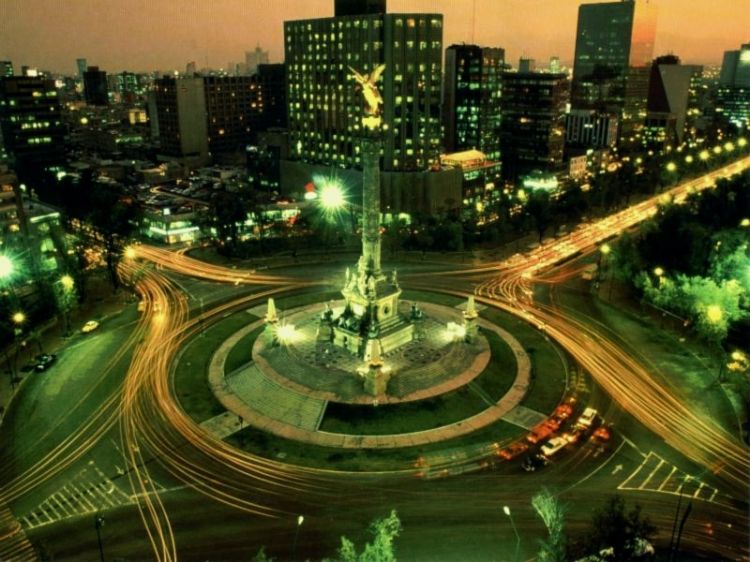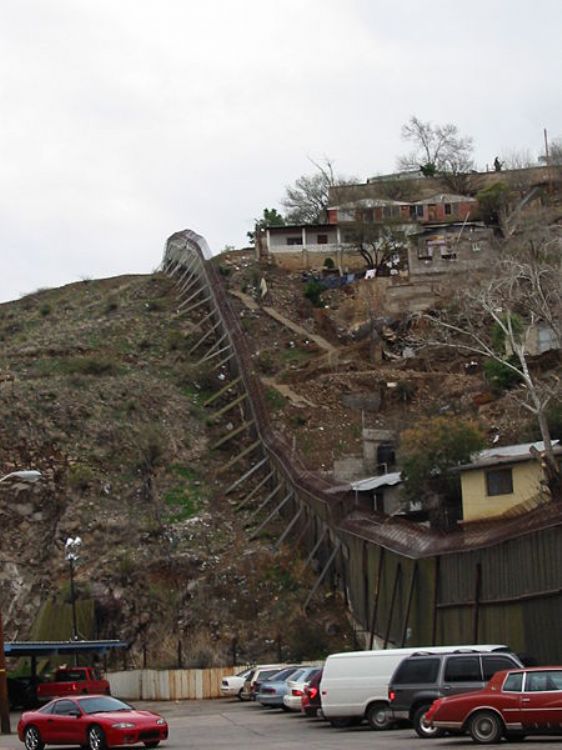
The Vehicle-Ownership Tax in México
The history behind this tax is known by almost all of us:...

Cabo San Lucas is located in the extreme south of the Baja California Peninsula, where the Pacific Ocean unites with the Gulf of California, generating an unparallel marine and beach wealth. Its name was given by the first Spaniards to reach this land and currently, after a history marked by very different phases; Cabo is distinguished for being one of Mexico's most important tourist destinations and one with greatest potential.
Before the arrival of the first Europeans, this land was inhabited by the nomad tribe called Pericúes, who lived off the abundant marine wealth, flora and occasional hunting, which provided everything they needed to live. This Indian population called this region "âYenecami"â.
Until before the arrival of the Spanish expeditions, this zone was a pirate land because its geography makes it the perfect hiding place for pirates when escaping after an attack to the Manila Galleons and/or for hiding their incredible treasures amidst nature. One of the best known pirates of this area was Thomas Cavendish, who called this paradise "âSafe Port"â, referring to the way he used it.
Currently it is considered that Cabo's discoverer was Hernan Cortes, since in 1535 he sailed for the first time through these waters (without touching land), registering this place in Spanish maps. Later, in 1542, Juan Rodriguez Cabrillo was the first European to have contact with the Pericues tribe on dry land. However, due to the pirate domain, this area remained without any activity until the end of the XIX century, when dwellers of nearby Mexican lands started to migrate to this area for exploiting and exporting the bark of the Palo Blanco trees (very demanded back then for tanning leather). The growth of this activity helped increase marine flow and in 1890 the first lighthouse, called "âFaro Falso"â was constructed by Mexican port authorities.
At the beginning of the XX century another activity started to peak in Cabo. When the enormous amount of tuna inhabiting these waters was discovered, in 1917 a North American tuna packing company opened a plant in Cabo San Lucas (formerly located in San Diego). Soon after and based on the growth of that company, a small town of 400 persons was formed around this packing facility. Unfortunately, the development generated by this activity was paralyzed in 1941 when a strong hurricane destroyed the facility and with it all surrounding activities.
The stalling and desolation of Cabo San Lucas lasted until the end of Second World War, after which this beautiful beach started to be noticed as an ideal place for sporting and championship fishing (with species like marlin, tuna and swordfish), attracting a very selective tourism. The population quickly grew until having 1,500 persons and the Mexican government invested in infrastructure and communication, as in the construction of the Transpeninsular Highway connecting United States with Cabo San Lucas, this city has experienced an accelerated growth in its tourism industry during the following years.
Currently, because of local and foreign private investments, Cabo San Lucas has transformed from a small town to a boisterous city 100% focused on tourism, especially on activities related to the sea as sports fishing, diving, jet skis, etc; and other vacation sports as golf. It should be mentioned that currently Cabo San Lucas has the necessary infrastructure and services for satisfying all the demand, such as restaurants, hotels with approximately 6,500 rooms, golf clubs, bars, motor homes, trailer parks, travel agencies, boat rentals for sports fishing, car rentals, bus stations, Red Cross, Angeles Verdes, residential areas, condominiums, time share villas, nightclubs and bars, for every taste and budget, with a special emphasis on select tourism.
The incredible growth and great acceptance Cabo has had in world tourism (especially from United States and Canada) has to having more than 25,000 residents (without counting the millions of tourists who arrive each year). The municipality it belongs to has 3,451 square kilometers, representing almost 5% of the State's total, and a population over 160,000 dwellers (according to the 2005 INEGI census). Of the whole population, it is estimated that 46 thousand persons are part of the Economically Active Population, from which, as it should be expected, 68% is employed in the tertiary sector, with a special emphasis on the tourism industry.
Finally, we must highlight that Cabo San Lucas is currently not only a vacation destination by excellence, but also one of the most important and expensive ports in the world, as well as a port of visit for thousands of tourist cruise ships.

The history behind this tax is known by almost all of us:...

The Voterâs Mexican Credential or Federal Elect...

.jpg)
Mexico offers mountain climbers tempting peaks to explore...

Mexicoâs Independence is the result of diverse social c...


Miguel Hidalgo is one of the most recognized characters i...


Mexico Cityâs International Airport is the largest in L...